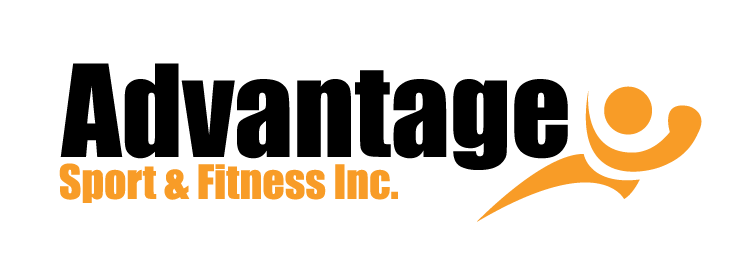One of the hardest tasks for all fitness managers is deciding how to best program their space to match user demand. However, in this constantly evolving landscape, it is not enough to know what that demand is today but also where it is headed tomorrow. Any new space, brand new or renovated, must be carefully planned out to make the best use of its budget, while maximizing the use of every square foot in meeting changing user demands.
Jack D. Patton and Michael Andresen take a look at the past 20 years of the “rec center experience” to show how we got where we are today, while also making some well-informed predictions for where this landscape is headed. Check out the article here, and our thoughts on these predictions below!
Early in the article, Patton and Andresen make reference to the continued desire from users for more weight and fitness space, despite the trend of facility sizes growing already.
“Three in four respondents in every size recreation center, from 10,000 to 100,000 square feet, said they needed more weight and fitness space; only at facilities with more than 150,000 square feet did [that percentage] drop, and then only to 63 percent.”
It’s certainly true that fitness facility users are consistently looking for more space dedicated to their routines. However, unless you are building from scratch or undergoing major renovations to your current building, the idea of just adding more space is not very plausible. Instead, one of the trends we’ve noticed is facility managers rethinking their current offerings.
A prime example of this, that the article also mentions, is the decline of popularity in dedicated racquetball courts, and a recent trend to turn these rooms into more frequented and functional spaces. We have encountered a growing list of customers coming to us for this exact solution, and by working with vendors like Keiser and Escape have been able to offer great solutions for customers in this area. By converting rarely used racquetball courts into functional fitness or group exercise training areas, a facility is able to “add” more space for their users without the cost of a major renovation.
While discussing current trends and the programming that facility managers are now offering to meet new user demands, the article states that “In fitness, the rise of functional training has been one of the biggest surprises of the past 20 years, and it has only accelerated as a trend with the emergence of suspension training, CrossFit and other similar programs.”
One of the biggest reasons we were so excited to partner with our UK vendor Escape Fitness was their strong understanding and offering in the functional fitness market. As CrossFit gyms continue to pop-up across the nation, many non-affiliated fitness facilities are scrambling to offer classes that compete with this desired style of training. Not only does Escape offer unique and effective products in this arena, but they also understand how managers should shape programming and training to get the best return on investment when offering a functional fitness space in their facility.
In making predictions for where things are headed, Patton and Andresen mention a move toward the user’s desire for greater technical capabilities in a fitness facility. With “40 percent of rec center users now using tools to track their progress, and four of five users attest to these tools’ accuracy and their ability to lead to real fitness improvements.”
Preva, Preva, Preva! Precor has long since earned the reputation as an innovator in the industry, and their 2011 launch of the P80 touch screen console and Preva, their networked fitness and personalization solution, proves that they have been ahead of the curve in reading AND reacting to this trend. We’ve seen firsthand the positive impact a networked fitness facility (and the PREVA workout tracking app!) can have on both facility operators and users alike, and agree that the desire for such a facility is only going to continue to grow

